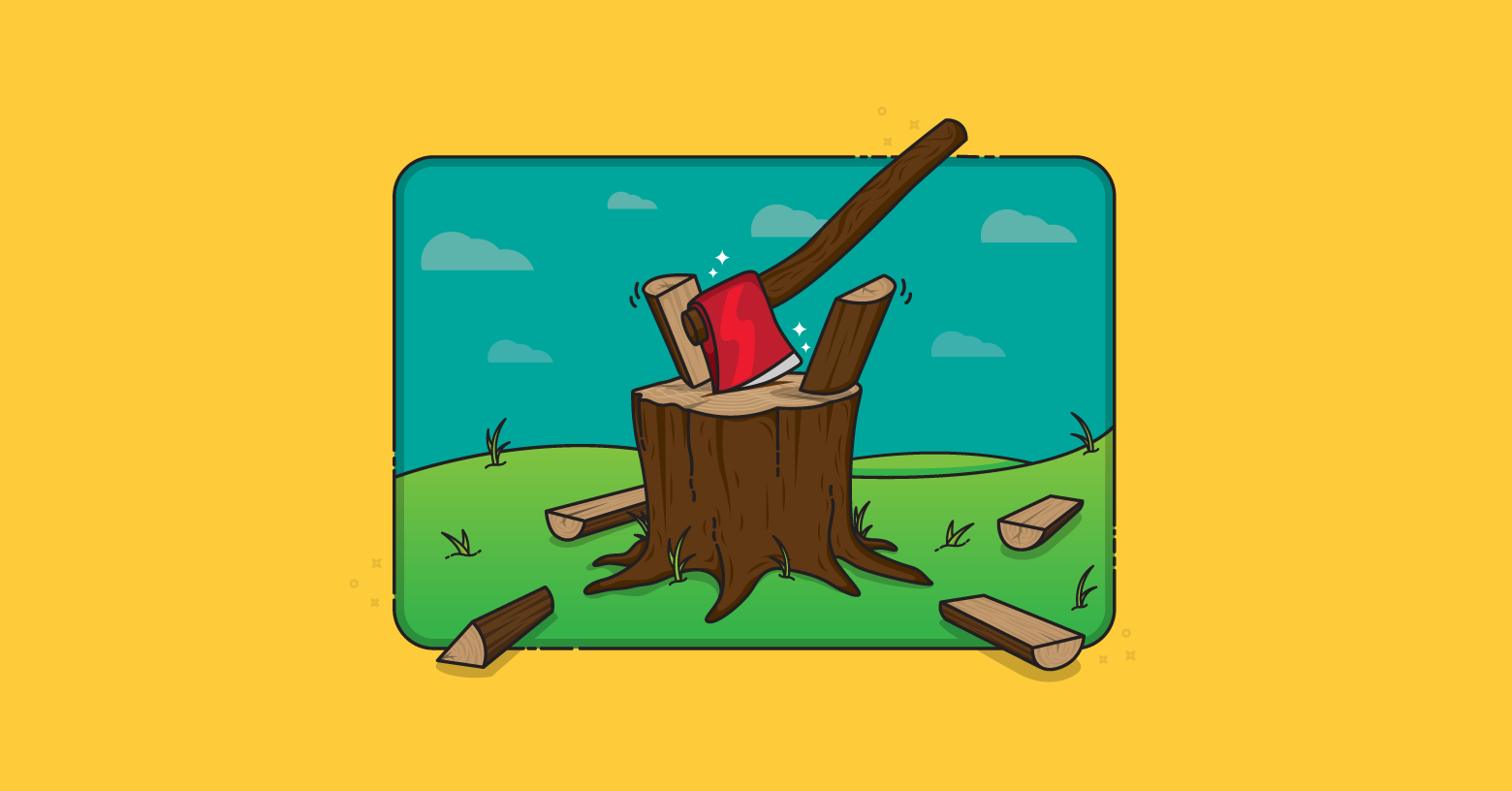I've been remiss in blogging as often as I should. I'm sorry and promise to do better. On the bright side, I've gotten caught up on a dozen or so things that were taking up mental energy.
I am frequently asked why the company is called Mountain Goat. We used to have a little blurb on this on the home page but 3-4 site redesigns since then and we don't. People often ask if we came up with the name because mountain goats are agile. The answer to that is a bit yes and a bit no.
The company was formed in 1992, long before "agile" was a term commonly applied to software development. We started the company to do outsourced contract development and the name was picked from a small blurb in the book Principles of Software Engineering Management by Tom Gilb. That book had come out in 1989 and had a tremendous impact on how I viewed software projects. The book is still relevant today and I encourage you to check it out.
The book is full of little gray sidebar boxes. Each sidebar is named and describes one of the principles that gave the book its title. For example, there is the "Juicy Bits First Principle," which says: "If you deliver the juiciest bits of the project first, you will be forgiven for not providing all they dreamt about, or for not doing it as cheaply or as quickly as they hoped."
Gilb also offers, the Mountain Goat Principle: “Take one step at a time up the slippery mountainside, and make absolutely sure that each hoof is on solid ground before you take the next step.”
This was a huge influence on how we wrote software back in 1992 when we started the company. "One step at a time" meant to be iterative. Making sure each hoof is on solid ground meant each iteration had to be well-tested and what a Scrum team today would call "done" or "potentially shippable."
So, did we pick the name because mountain goats are agile? No, because we weren't thinking about software development agility in 1992. Yes, because Tom Gilb was, even though not even he was using the term at the time. I like to say that Tom was the original agilist. He was writing about incredibly short iterations in his book in 1989 and probably well before that.
So, there you have it: the origin of our company name. I encourage you to pick up a copy of Principles of Software Engineering Management. I don't know if you'll find a good name for your company in it like we did, but you will find it full of great advice.
Last update: September 13th, 2016








